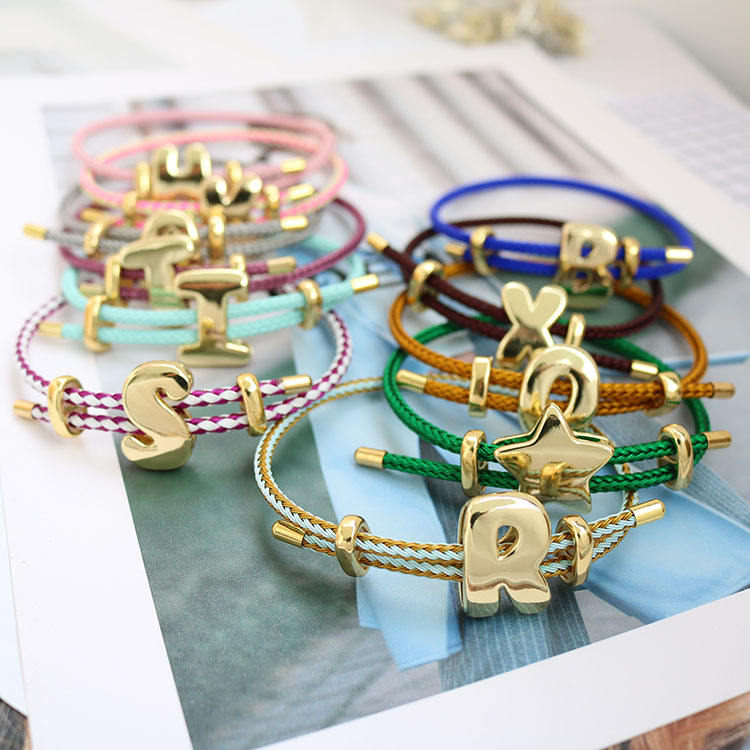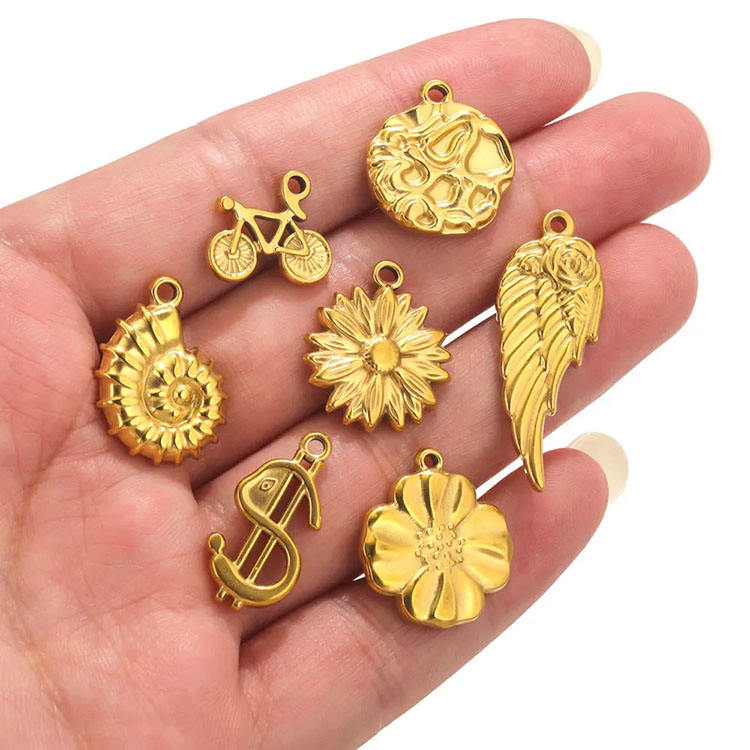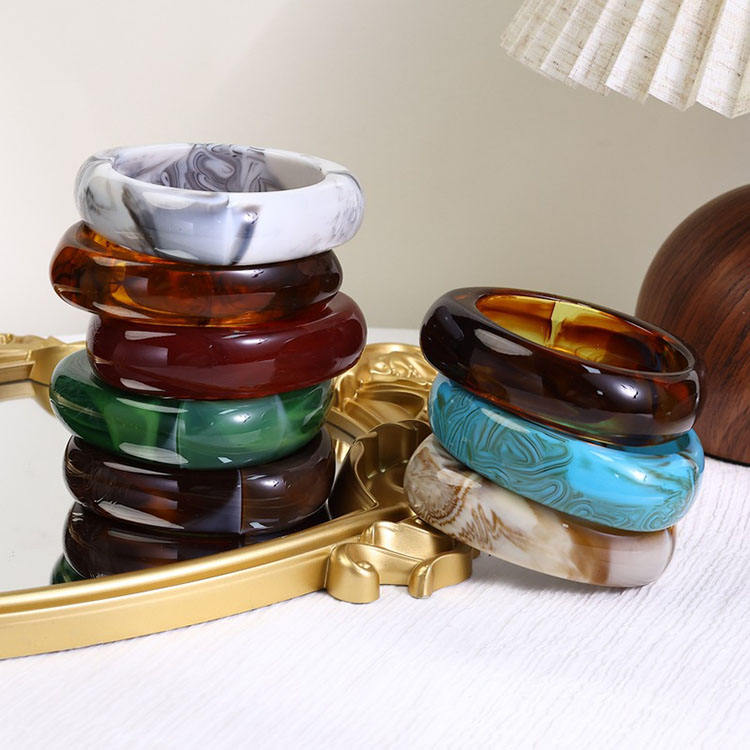In recent years, stainless steel has emerged as a preferred choice among consumers and businesses in the selection of jewelry materials due to its distinctive performance advantages. This comparison evaluates stainless steel against copper alloy, zinc alloy, and silver across three dimensions: material performance, cost-effectiveness, and applicable scenarios. It elucidates the fundamental reasons for choosing stainless steel jewelry.
|
Comparison Dimension
|
Stainless Steel
|
Copper Alloy (e.g., Brass, Bronze)
|
Zinc Alloy
|
Silver (Mainly 925 Silver)
|
|
Corrosion Resistance
|
Extremely strong (304/316L models resist sweat, rain, without rust or corrosion)
|
Relatively weak (prone to oxidation, blackening, rust when exposed to sweat; frequent electroplating maintenance required)
|
Poor (easily oxidized when damp, with white spots and corrosion on the surface)
|
Relatively weak (prone to oxidation and blackening; regular wiping and maintenance needed)
|
|
Hardness and Wear Resistance
|
High (hardness around 50-60HRC, not easily scratched or deformed, maintains shape after long-term wear)
|
Medium to low (hardness around 30-40HRC, prone to wear and deformation, details easily blurred)
|
Low (hardness around 20-30HRC, easily deformed by impact and paint chipping)
|
Low (hardness around 25-30HRC, easily scratched and deformed; careful wear required)
|
|
Allergy Risk
|
Extremely low (316L medical-grade stainless steel contains no nickel/lead, suitable for sensitive skin)
|
Relatively high (contains nickel, lead; long-term contact easily causes skin redness and itching)
|
High (contains heavy metals such as lead and cadmium; prone to allergies when worn by sensitive skin)
|
Relatively low (925 silver contains 7.5% alloy; a few people are allergic to alloy components)
|
|
Appearance Durability
|
Excellent (stable surface gloss, no fading or blackening, remains as new for a long time)
|
Poor (electroplating layer easily wears off, revealing the base color and turning black; maintenance required every 1-3 months)
|
Poor (thin electroplating layer, easily worn, base color easily oxidizes and turns yellow)
|
Average (prone to oxidation and blackening; needs to be wiped every 1-2 weeks, gloss decreases after long-term wear)
|
|
Cost and Cost-Effectiveness
|
Medium to high (raw material cost is slightly higher than zinc alloy/copper alloy, but no frequent maintenance is needed, with high long-term cost-effectiveness)
|
Medium to low (cheap raw materials, but high electroplating maintenance cost and short service life)
|
Low (cheapest raw materials, but easily damaged and needs frequent replacement)
|
High (expensive raw materials and requires maintenance, resulting in high overall use cost)
|
|
Weight and Wearing Sensation
|
Moderate (density about 7.9g/cm³, no pressure when worn, not easy to fall off)
|
Relatively light (density about 8.9g/cm³, but mostly hollow design, easily looks cheap)
|
Light (density about 7.1g/cm³, soft texture, easily looks "plastic")
|
Moderate (density about 10.5g/cm³, good texture but slightly heavy for long-term wear)
|









